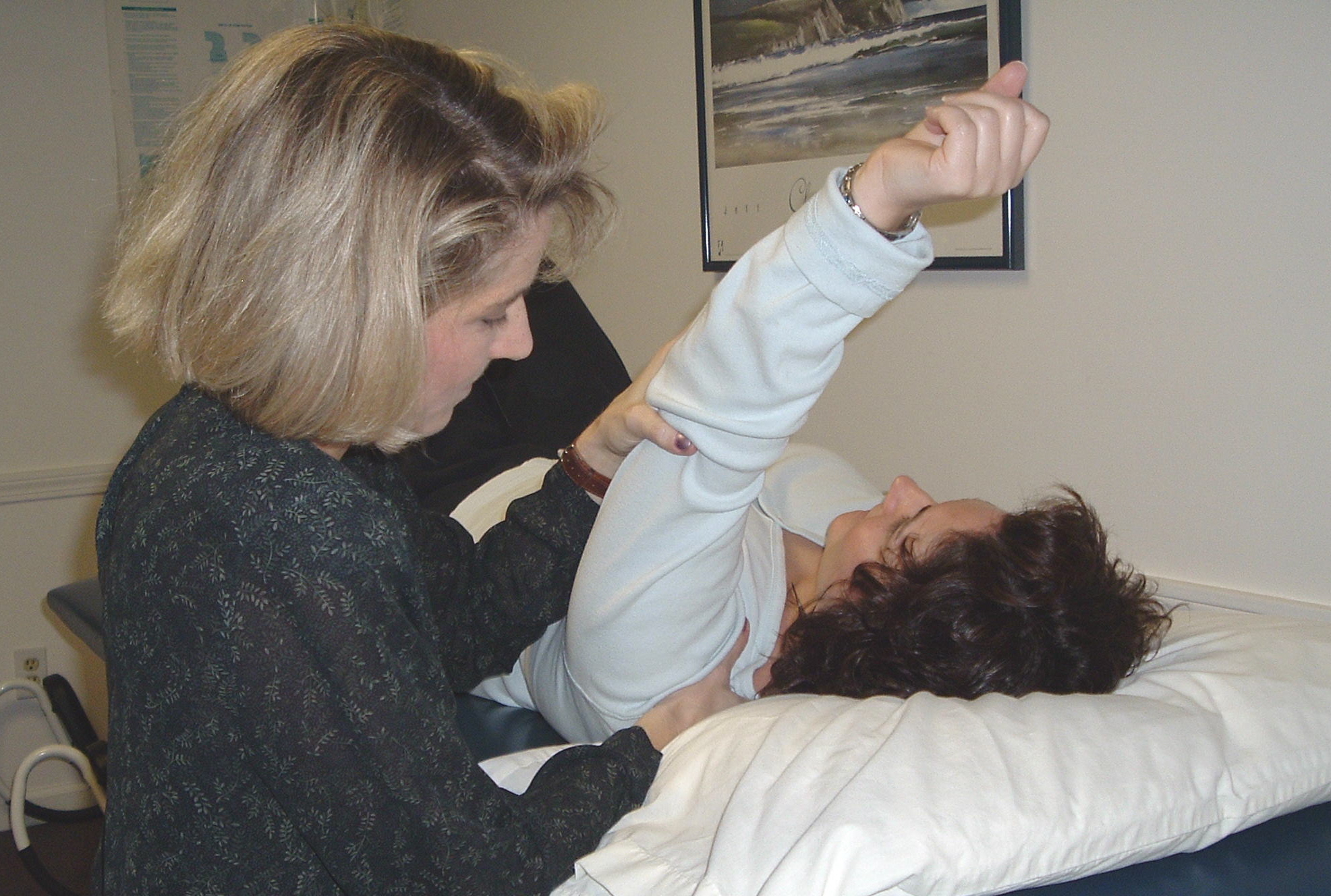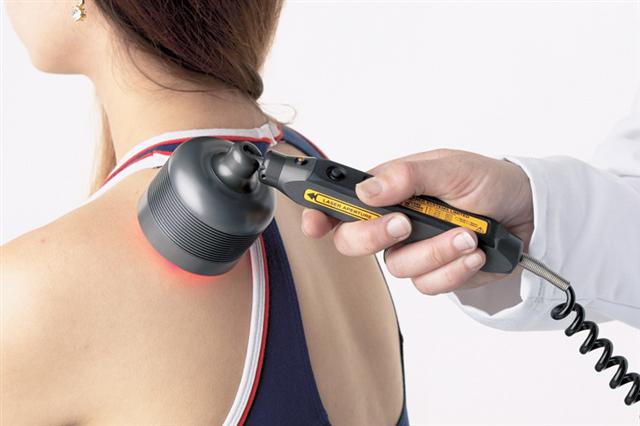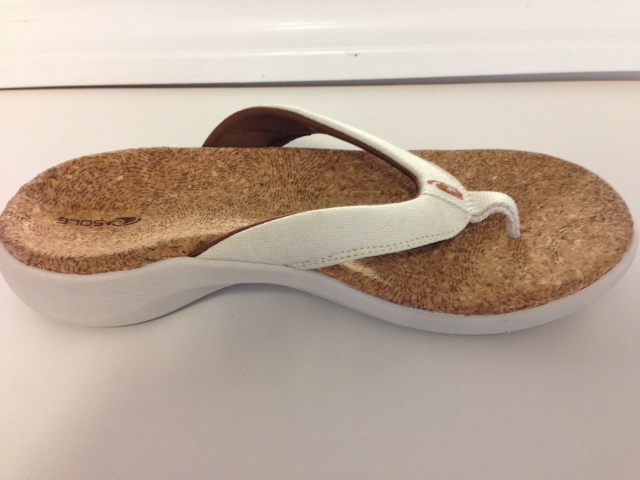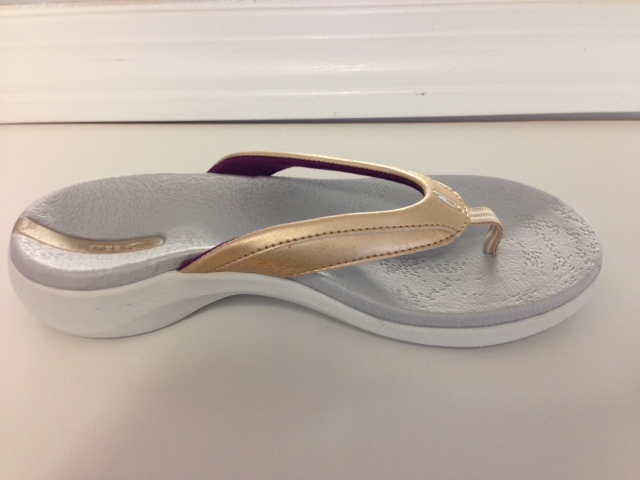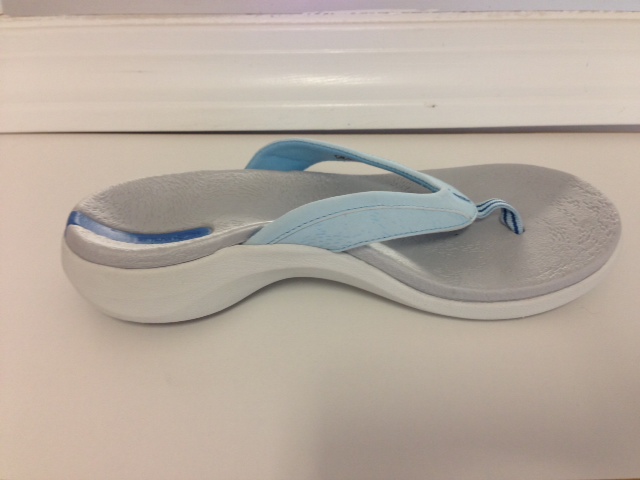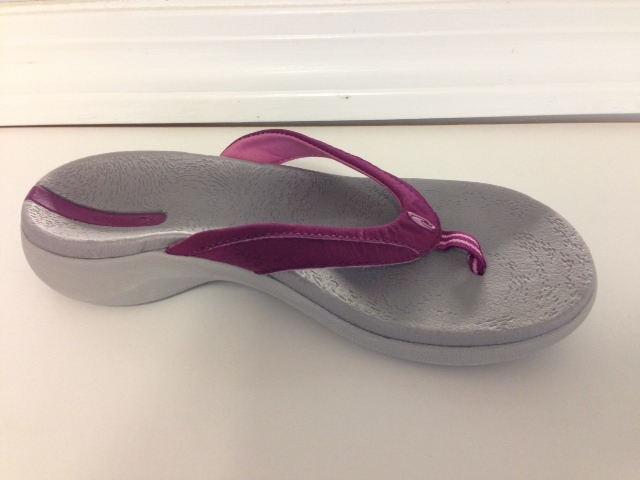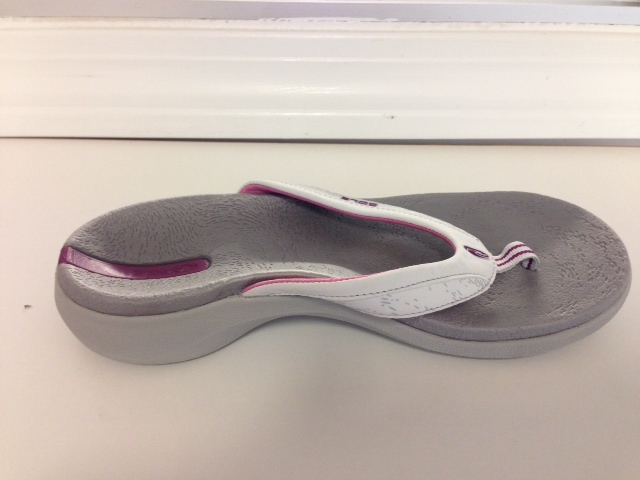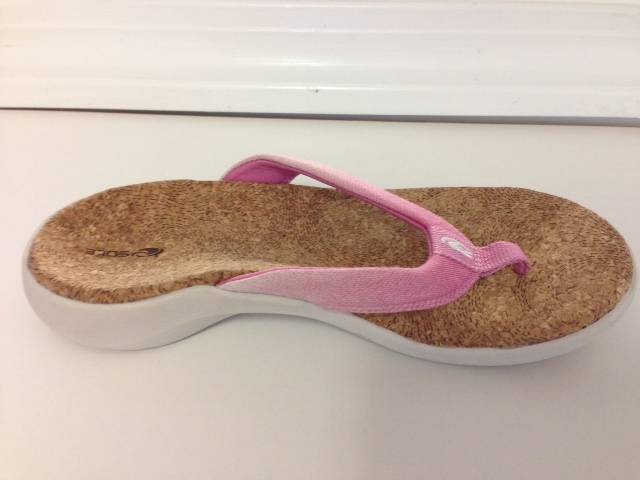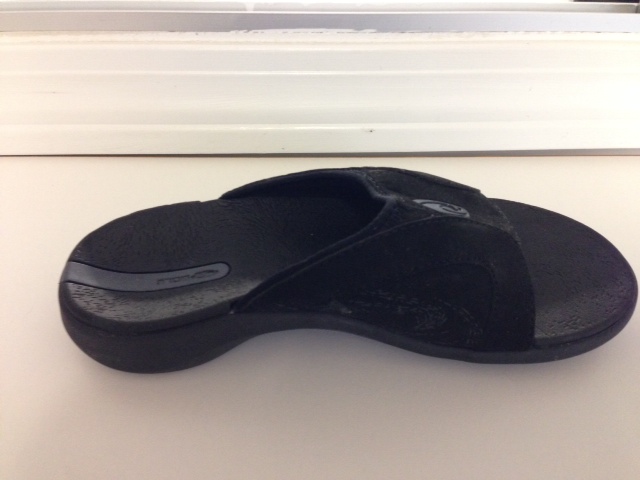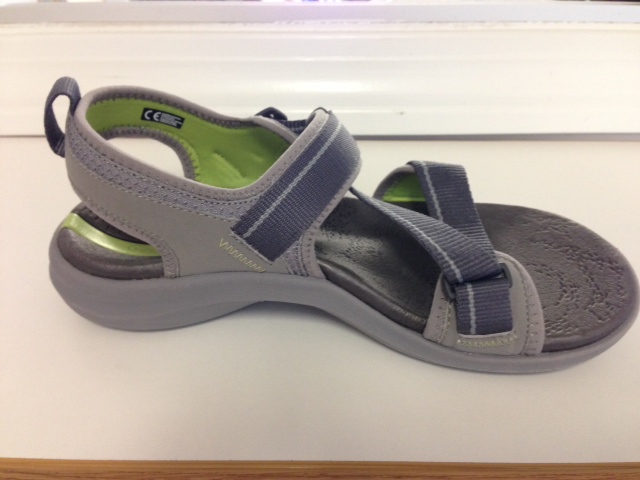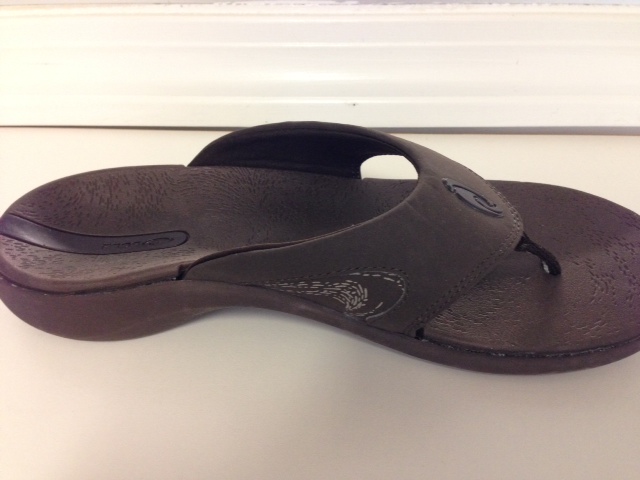Triumphant Breathing--Learn how to Breathe
/Breath is the bridge which connects life to consciousness and unites your body to your thoughts. ~ Thích Nhất Hạnh
Do you know how to breathe? I’d like to teach you. Breathing is effortless, right? It requires no thought. Many of us only think about breathing when our oxygen is restricted, like that feeling we get when tumbled underwater by a rogue wave or after a hard run. Mere seconds of restricted breathing can feel like a lifetime. Every cell in our body aches for oxygen, making those singular moments feel like eternity while we gasp for breath.
The body is an amazingly efficient machine. It takes the air we breathe and converts it to food for the body’s cells, then expels the waste through our exhalation.
This is called Respiration. It is performed, controlled, and regulated by the brain, adapting to the body’s changing physical, emotional, and spiritual state. The brain triggers your breathing rate to vary according to your needs. Breathing is the method by which you bring oxygen into your body and how you expel the waste.
Respiration is automatic.
Your breathing can be consciously controlled.
How you breathe has a major impact on your health and well-being. Efficient breathing optimizes breathing capacity and increases the amount of rich oxygenated blood that reaches the cells. Efficient breathing allows the body to integrate physical, emotional, and mental clarity. It enhances the interchange between a person’s conscious and subconscious mind and activates mechanisms that promote synergy within all body’s systems. (2,4)
Efficient breathing has been shown to increase motivation, improve memory, and enhance emotional judgements. (3,5) Mindful breathing exercise helps to sharpen one’s focus on a task and improves productivity. (3) Optimizing the rhythm of breathing creates electrical activity in the human brain that enhances emotional judgments and memory recall, (1) and breathing based meditation has been shown to fight depression. (2)
Let’s face it. Most of us breathe inefficiently. As such, we do not reach our full potential for breathing, cognitive function, posture, energy, muscle development, or stress management. When inefficient breathing becomes dysfunctional, it ignites a downward spiral toward a cataclysmic explosion of physical, mental, or emotional impairment and disability.
Dysfunctional breathing restricts circulation and tightens muscles, weakens abdominals, and impairs posture. Dysfunctional breathing causes physical and mental fatigue, emotional and physical distress, and can leads to lethargy, depression and a plethora of other medical concerns.
- Our brain uses 20% of the oxygen we consume. With a shortage, the brain works slower, we become foggy, and since the brain affects many other body functions, they too become impaired.
- The heart pumps constantly, beating about 100,000 times each day. It consumes oxygen whiles it pumps blood to all reaches of the body. When the heart’s efficiency is hindered, circulation suffers and triggers a domino effect of health issues.
- The muscles require exchange of oxygen for the mitochondria to create energy.
Breathing is the first thing we do when we are born and the last thing we do before we die. The average person takes about 15 breaths per minute increasing to 40-50 breaths/minute during exercise. Do the math. 900 breaths/hour escalating to 2400-3000 breaths/hour during exercise. That’s a lot of breaths! And every conscious one is an opportunity to improve your heart, mind, and soul.
BEST BREATHING - optimize the air you inhale, maximize depth of exhalation, and do each with minimal physical energy. Make breathing your favorite exercise.
Use the strategies listed below; you can learn to breathe. You will think more clearly, feel more energetic, improve your posture, increase muscle strength, boost your endurance, strengthen your core. You might be amazed at the changes you feel. You can create synergy within and among all your body systems…all by simply learning how to breathe.
1) Breathe in through your nose to let your nasal passage filter and warm the incoming air. It traps bacteria and other pollutants and stops them from reaching our lungs. Warm air is easier to breathe. Cold air constricts blood vessels and makes the lungs work harder to get oxygen. (That’s why asthmatics often have difficulty exercising outdoors in the winter.)
2) Inhale deeply, expanding your abdominals before your chest. The area of your body from chest to navel is what I like to call your “breathing barrel.” If you breathe from your chest only, you don’t reach the full capacity of your breathing barrel, and the bottom of the barrel never gets replenished with rich new oxygenated blood. You won’t exercise the muscles that help you reach the bottom of your barrel. Your oxygen reservoir goes stale, your muscles eventually lose their ability to reach the bottom of the barrel, and your breathing capacity diminishes.
Imagine that you have been trapped on a desert island and you come upon a barrel filled with water. Now imagine that you can only take one sip of this water using a straw. How far into the barrel would you place the straw to be able to drink it all in? If you place the straw only halfway down, your straw would only draw half of the water. You want to place that straw down as deep as you can to drink as much water as possible.
Or, imagine your body as a barrel filled with your favorite cookies. Every time you eat some cookies from the barrel, it gets replenished. But if you don’t reach to the bottom of the barrel, the cookies down there will eventually go stale. You probably don’t want to eat stale cookies; you certainly don’t want to breathe stale air!
3) Exhale on Exertion (a phrase commonly used in exercise) Exhaling on exertion helps prevent you from holding your breath and protects your body from excessive stress and intra-abdominal pressure.
4) Exhale through Pursed Lips to control the exhale, improve exhalation endurance, and promote diaphragm strength. Think about blowing out candles on a cake, one candle at a time.
5) Engage Abdominals on your Exhale This phrase is often misunderstood and erroneously performed. People use a myriad of terms to describe the desired action. Engage, tighten, contract, activate, or draw your abdominals are used interchangeably and can be confusing. Engage, activate, draw? What DO they mean?
The physiological action of the abdominal muscles is flexion and compression; they compress toward the spine. You can actively engage your abdominals by pulling them toward your spine. I prefer the instruction “blow your abdominals toward your spine,” to avoid a client from holding his/her breath.
The principal muscles of expiration are the abdominals. When they contract, they pull the ribs down and create pressure that pushes the diaphragm up, thereby increasing the force of expiration and the capacity for subsequent inspiration. These muscles only come into play during exercise or forced breathing maneuvers, so they need to be trained to help you achieve your best breathing. Regardless of your position, when you activate your abdominals, they move toward your spine, they should NOT poof out.
6) Exhale Twice as long as you Inhale the muscles of exhalation (abdominals and diaphragm) get stronger and develop more endurance with exercise. Using the best breathing technique will strengthen the depth of your inhale and improve the endurance and efficacy of your exhale.
7) Consciously Lower your Ribs when you exhale. This aligns your diaphragm to improve the quality of your inhale. (Place your hands on your ribs for feedback)
8) Focus on the Quality of your Posture and Breathing BEST breathing should reflect optimal spinal postures. Your body tries to compensate when it body perceives exertion. You need to train and strengthen your posture to prevent your body from cheating.
Breathing may seem easier if you allow your head to move forward, compensating without realizing it. Tiny muscles in the neck that attach to the ribs, collarbone, and breastbone can hyperactivate in an effort to increase inspiration. These muscles can become tight and compress nerves that travel through the brachial plexus, leading to pain, trigger points, nerve entrapment syndromes, and loss of sensation in the arm.
Shallow breathing causes the chest to heave and creates a big barrel chest. The rib cage tilts backwards from incomplete or incorrect exhalation. Your thoracic spine may curve too much and your lumbar spine flatten, or vice versa.
Uncontrolled exhalation allows your pelvis to tuck (pelvic tilt) and psoas, a deep hip flexor, to restrict. These muscles shorten in response, and in turn decrease breathing capacity. The muscles of the ribs, diaphragm, and psoas are intricately interconnected and directly affect your breathing capacity, posture, and daily function.
9) Breathe Rhythmically Everything has a natural rhythm, the ocean waves, the seasons, and the moon. Our bodies are no different. Your entire abdominal wall should rise and fall in synchronization. With practice, you will be able to breathe correctly within the natural rhythm of your body.
10) Breathe Mindfully No matter what we do, we do it best when we do it mindfully. Focus your attention on your breath. Notice, be aware, and accept your breathing pattern. Then allow your body and mind to relax and accept the gentle rhythm of your new and improved breathing.
Exhale on exertion, twice as long as your inhale.
Every time you exhale, tighten abdominals toward spine.
Keep your ribs down and body long.
Practice. Make it a habit. Exhale
References
1. Boston University Medical Center. "Twice weekly yoga classes plus home practice effective in reducing symptoms of depression." ScienceDaily, March 3, 2017.
2. Mesquita MA, Baptista J, Crasto C, de Melo CA, Santos R, Vilas-Boas JP.. “Abdominal Muscle Activity during Breathing with and without Inspiratory and Expiratory Loads in Healthy Subjects.” Journal of Electromyography and Kinesiology, vol. 30, 2016, pp. 143–150.
3. Northwestern University. "Rhythm of breathing affects memory, fear: Breathing is not just for oxygen; it's also linked to brain function, behavior." ScienceDaily, December 7, 2016.
4. Szczygieł E, Blaut J, Zielonka-Pycka K, Tomaszewski K, Golec J, Czechowska D, Masłoń A, Golec E, “The Impact of Deep Muscle Training on the Quality of Posture and Breathing.” Journal of Motor Behavior, August 18, 2017, pp. 1-9.
5. University of Wisconsin-Madison. "Have trouble media multitasking? Mindfulness intervention helps sharpen focus, study shows." ScienceDaily, April 19, 2016.




